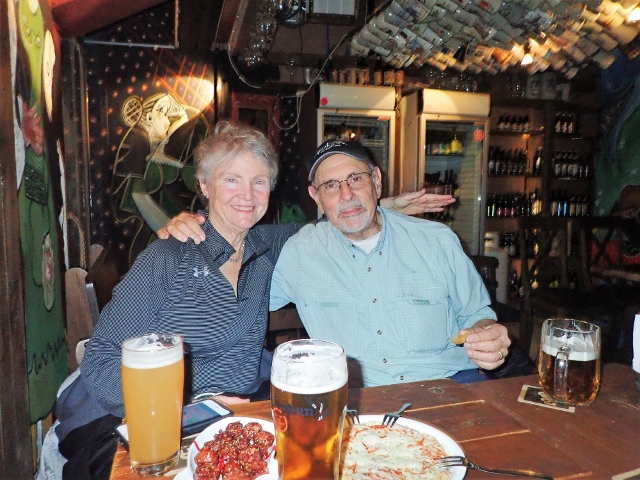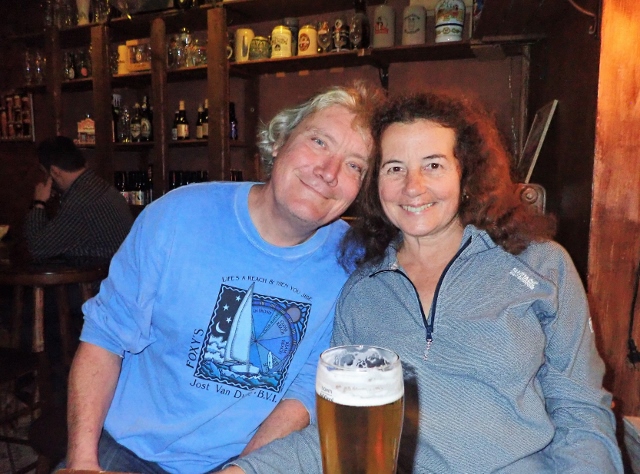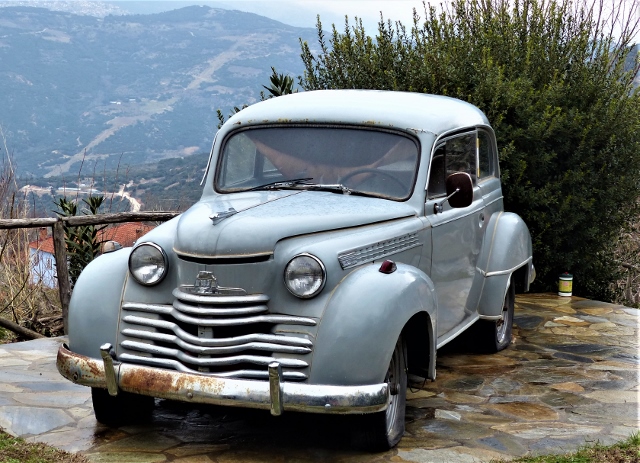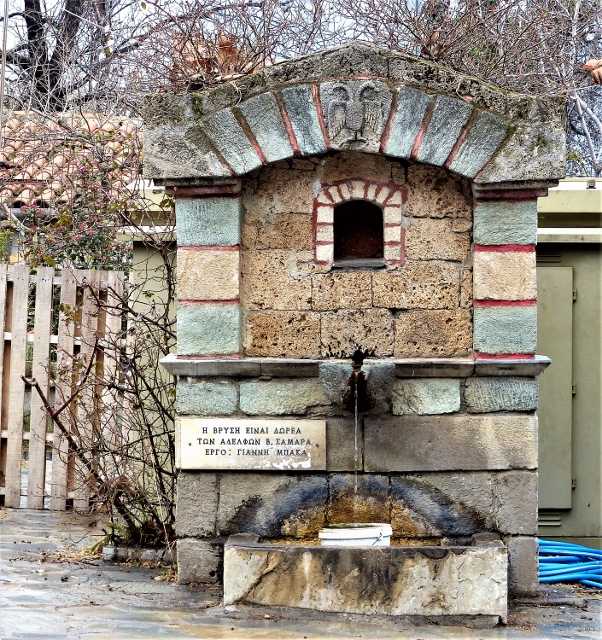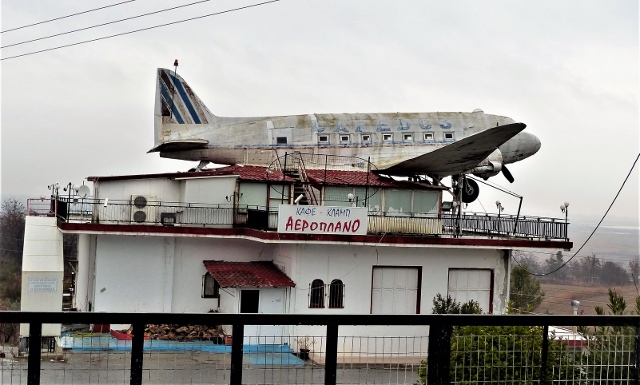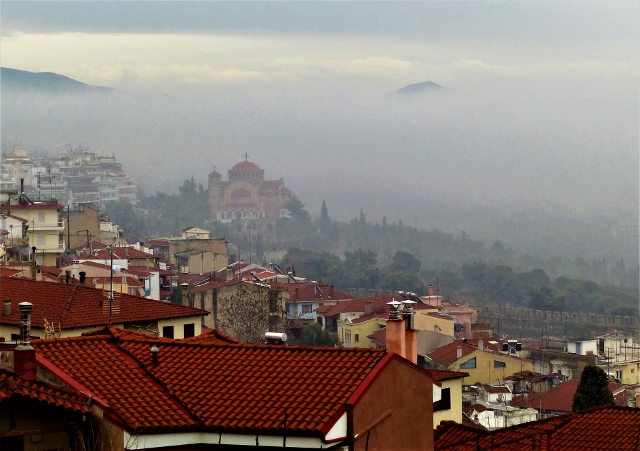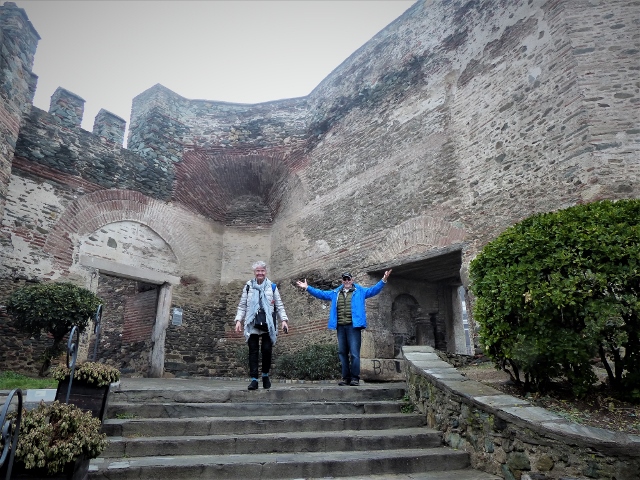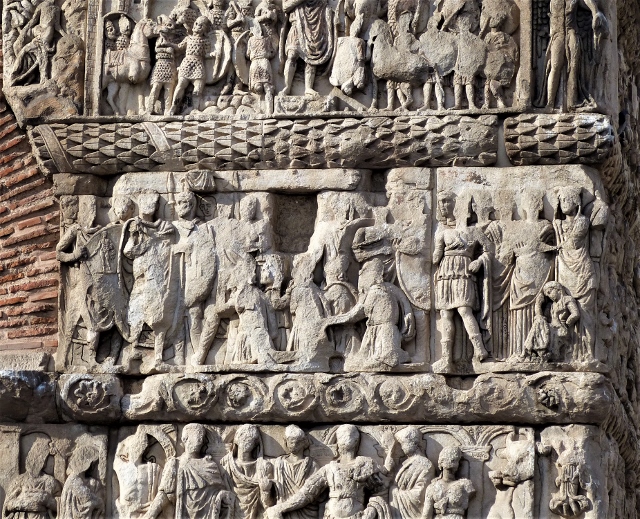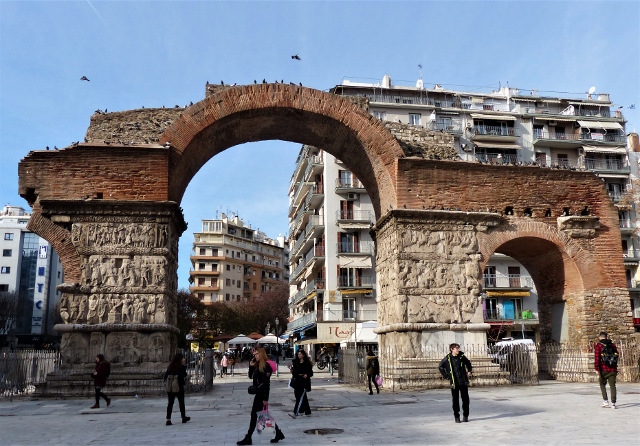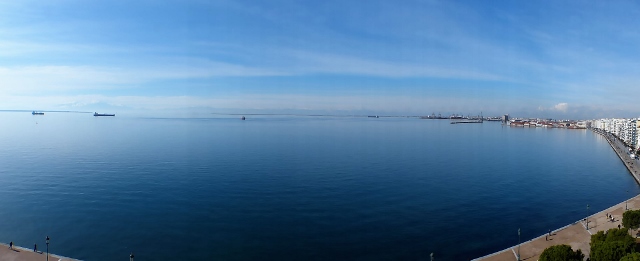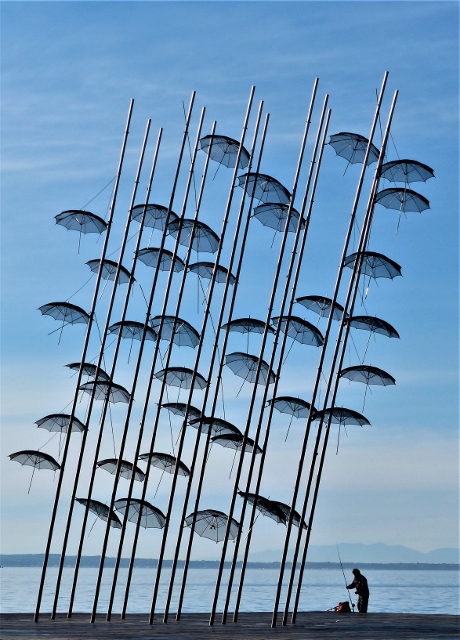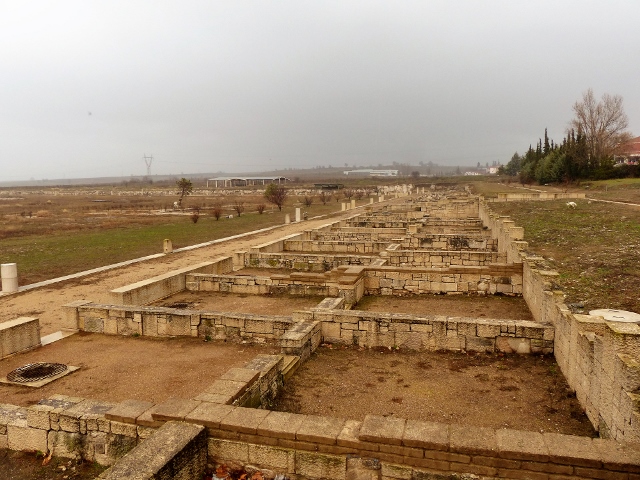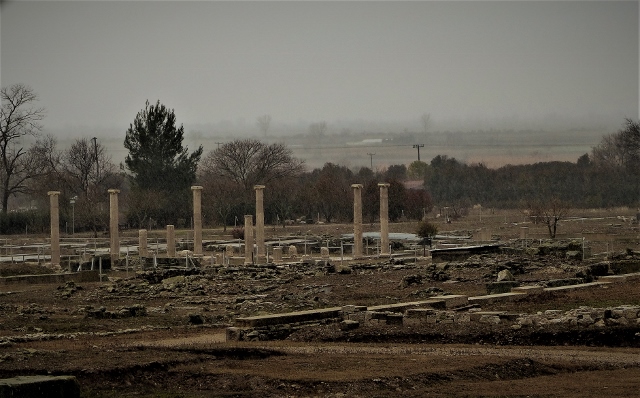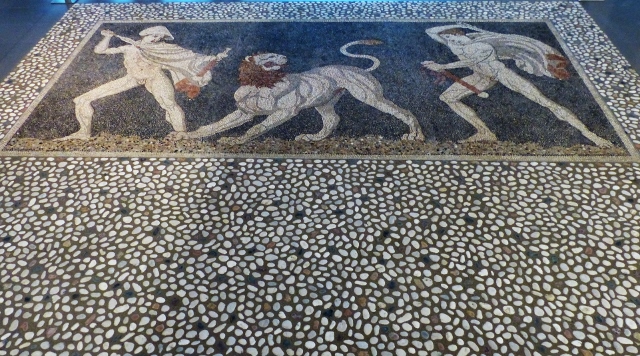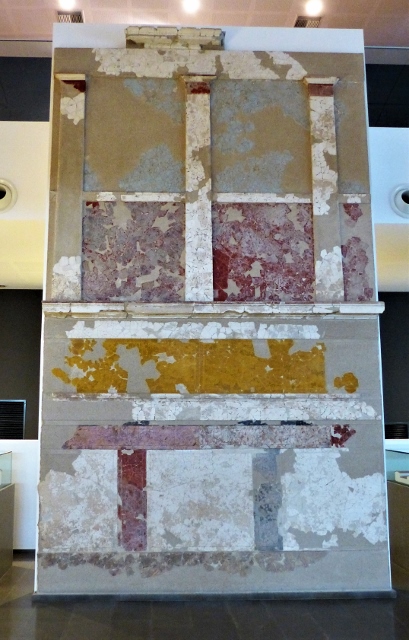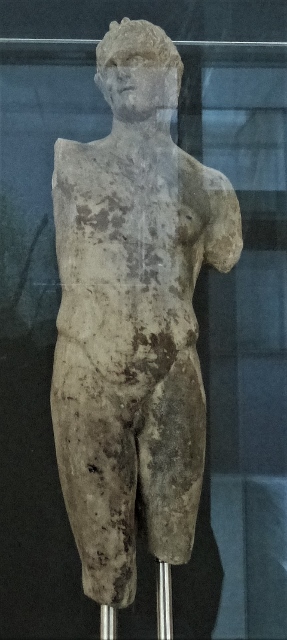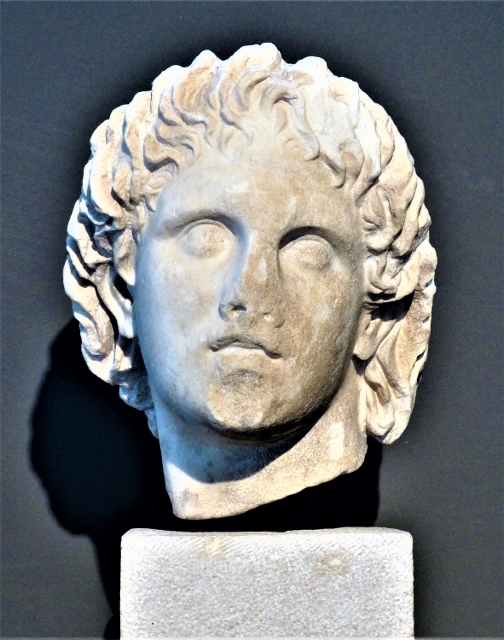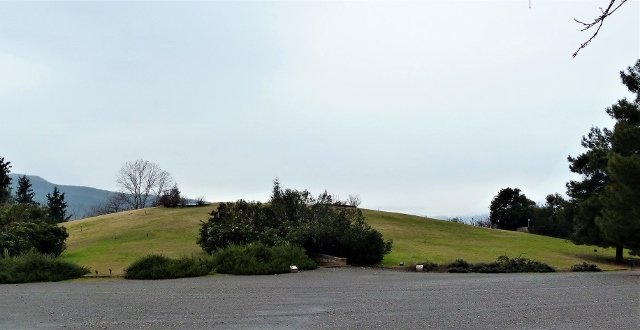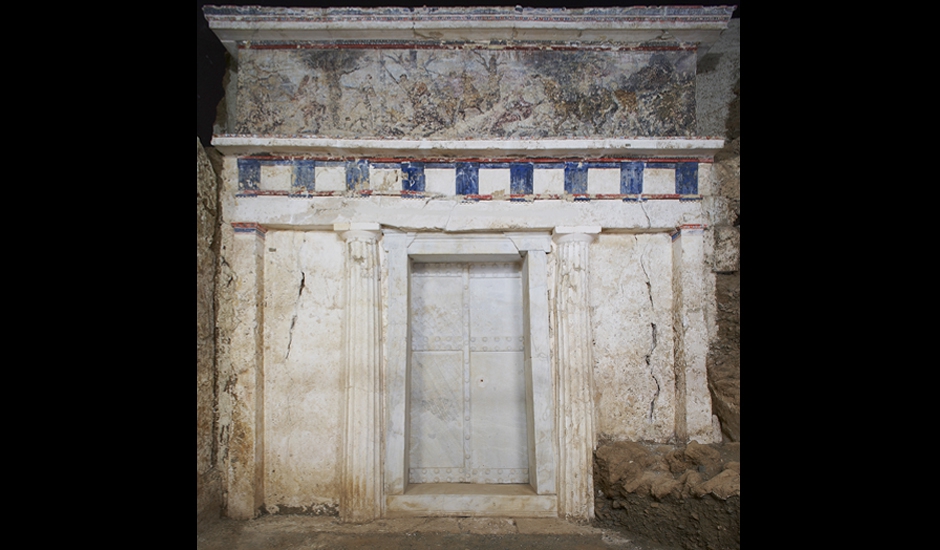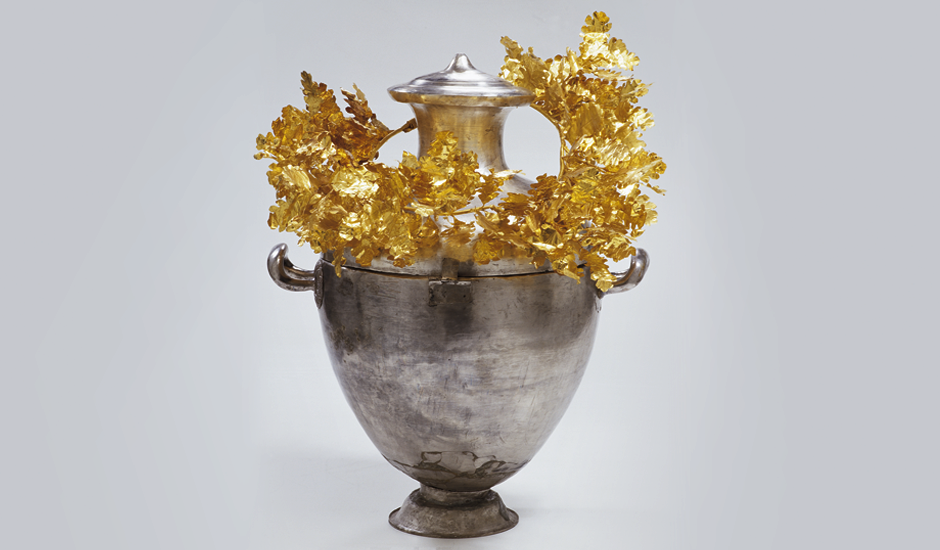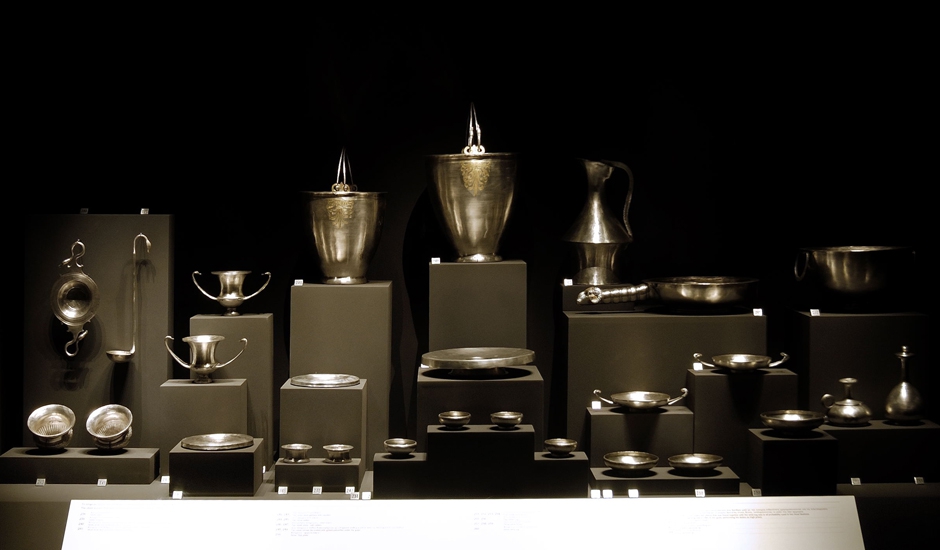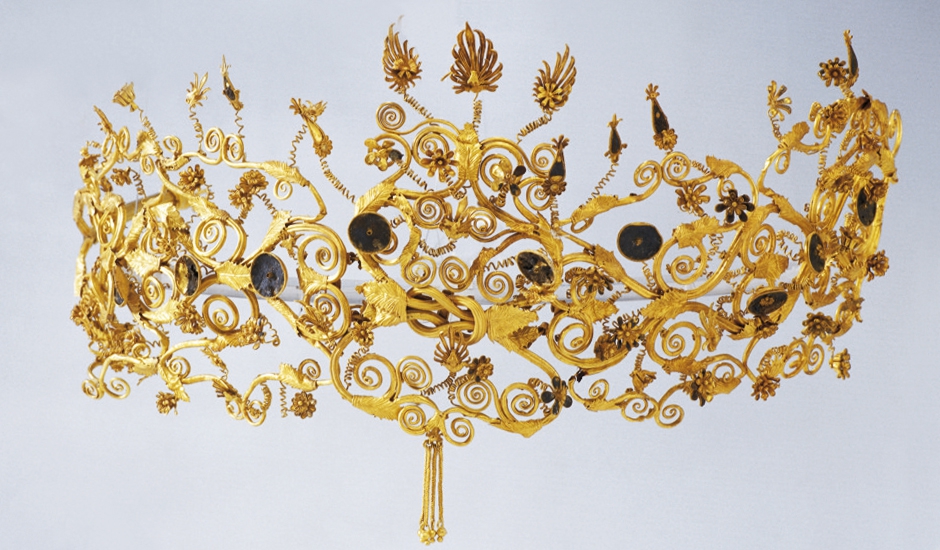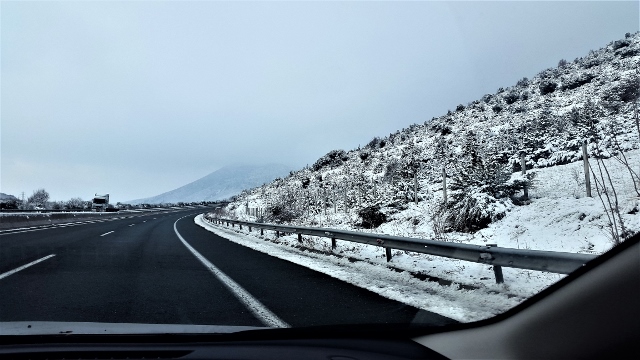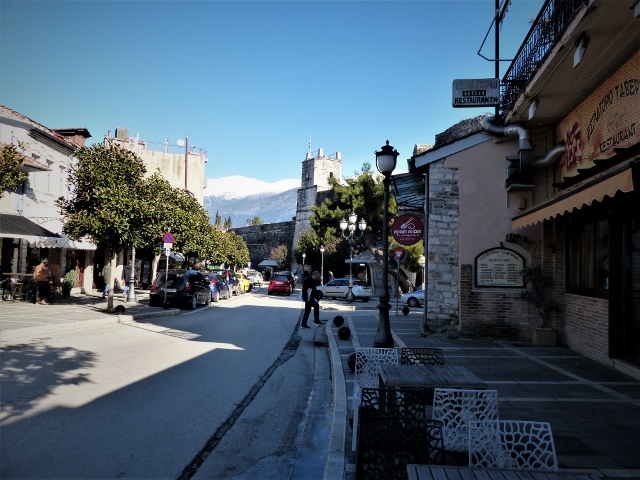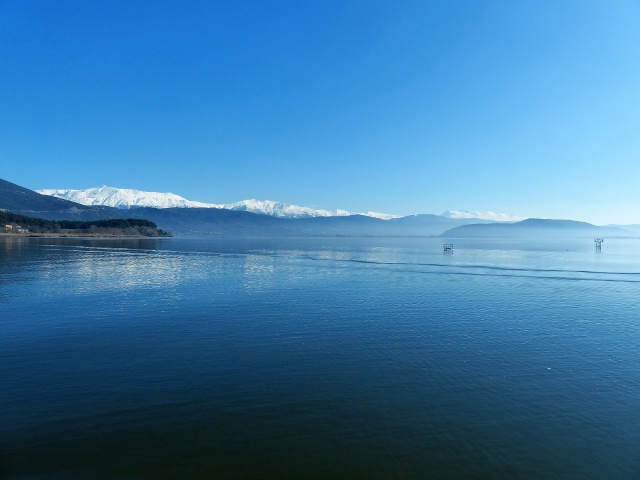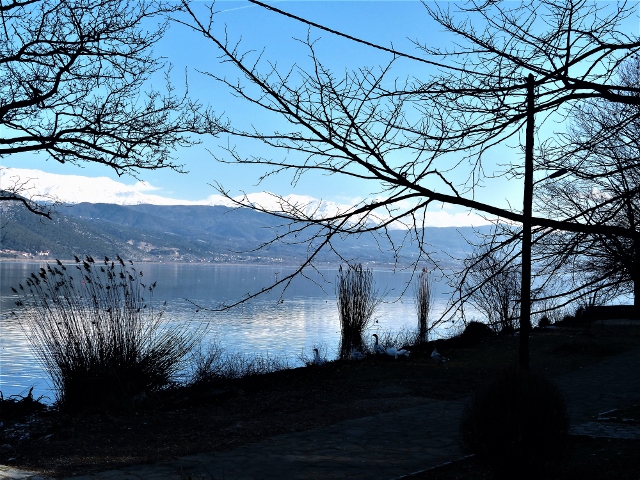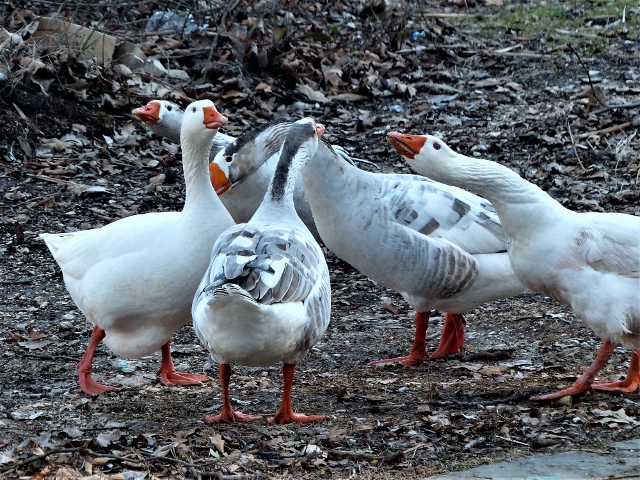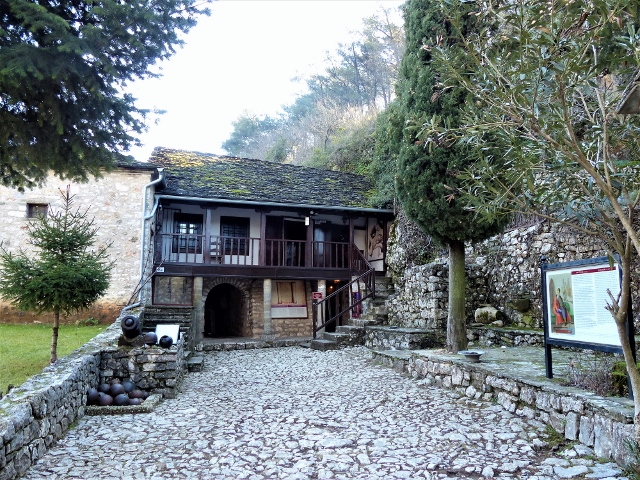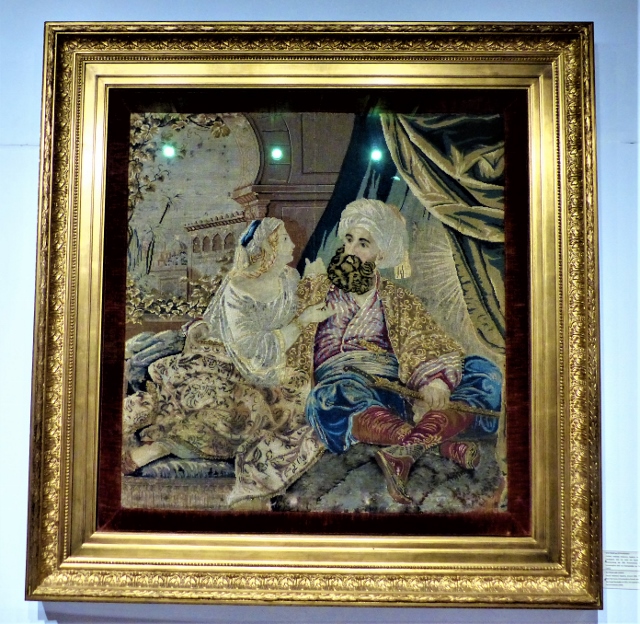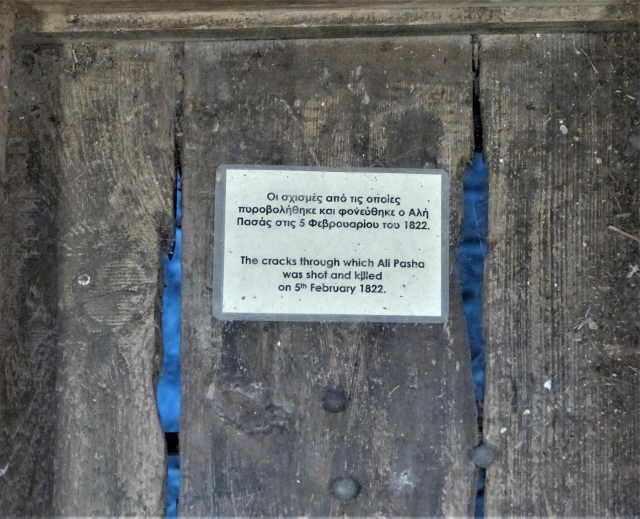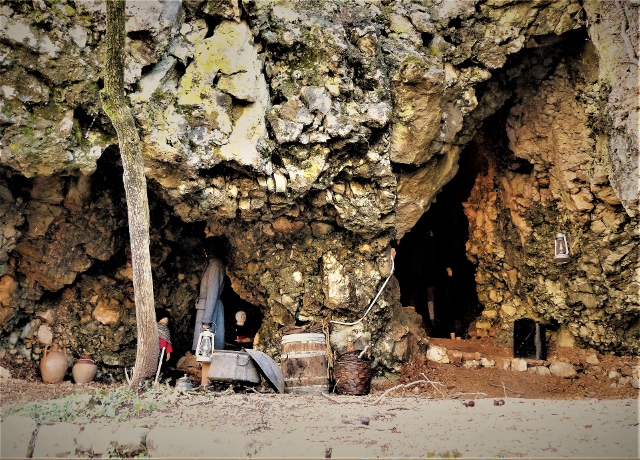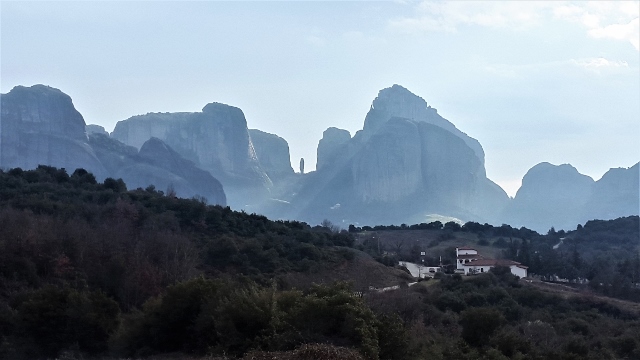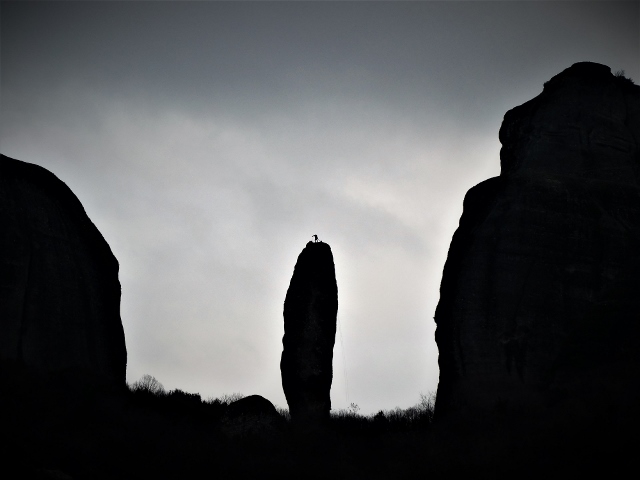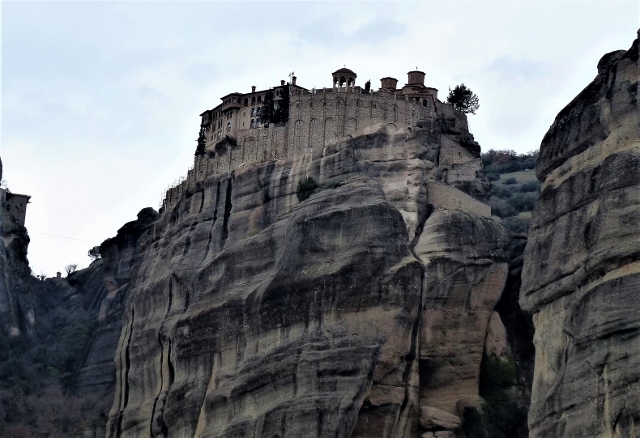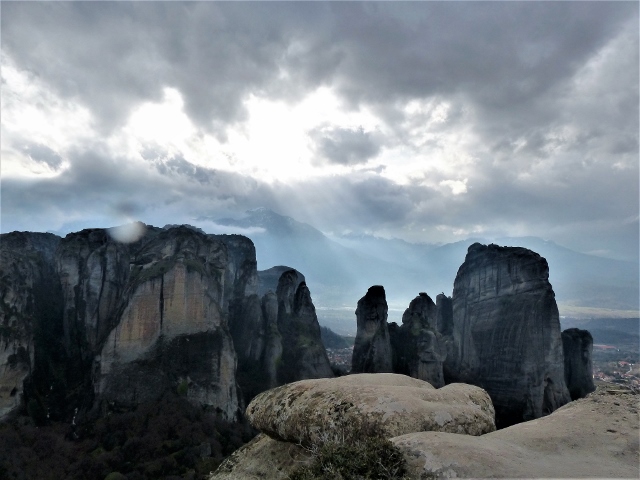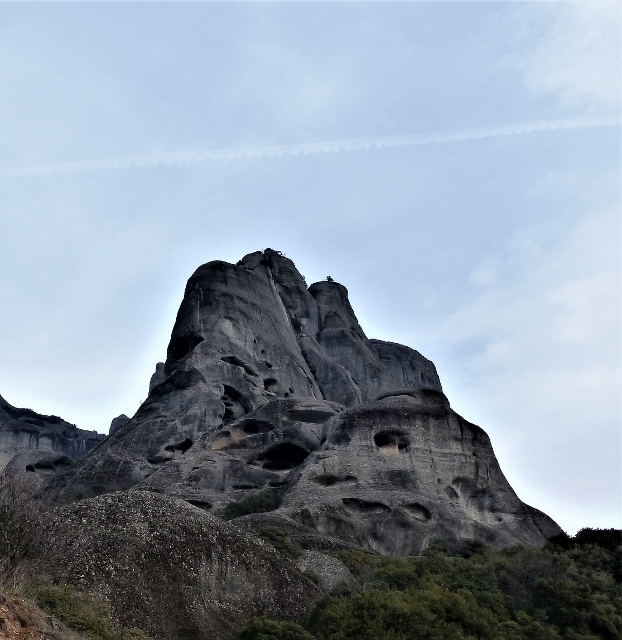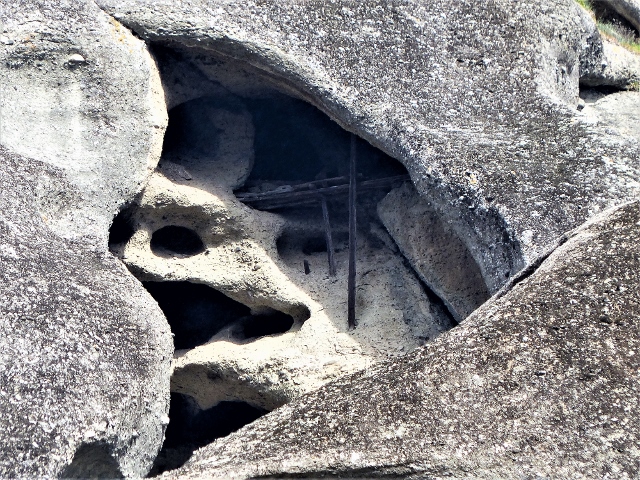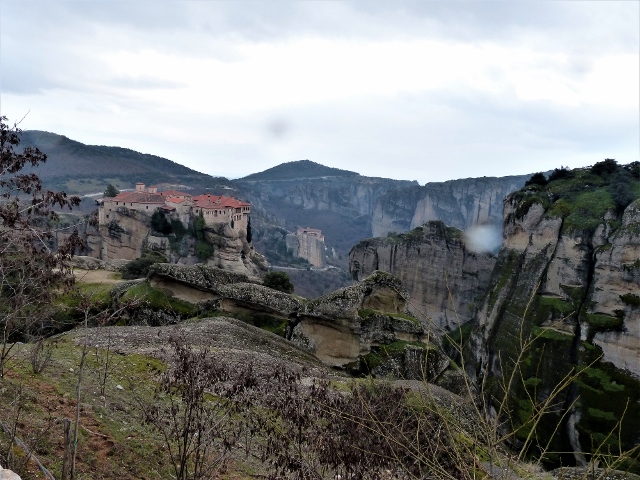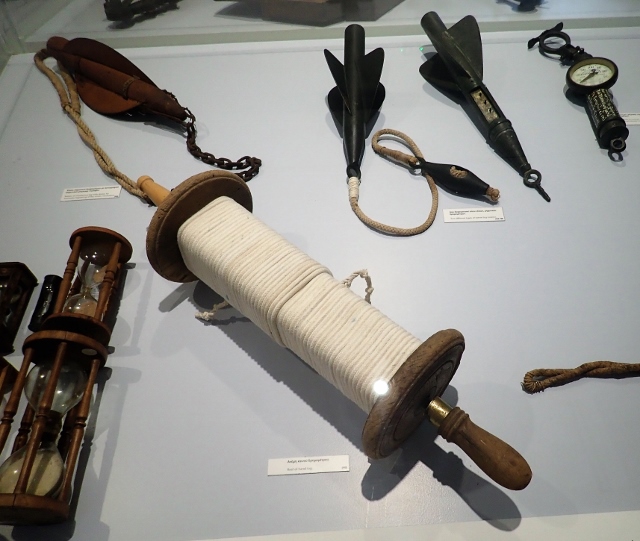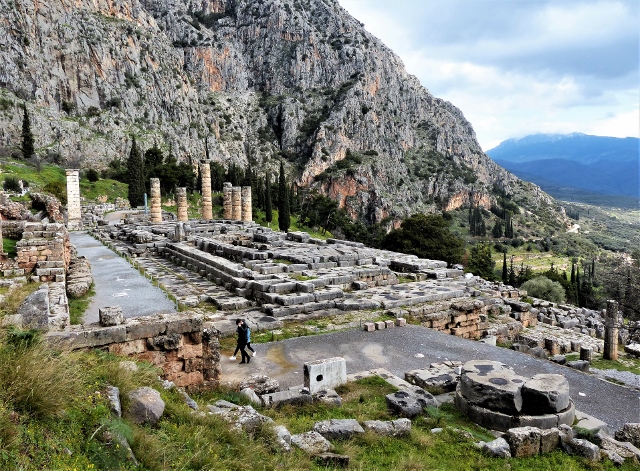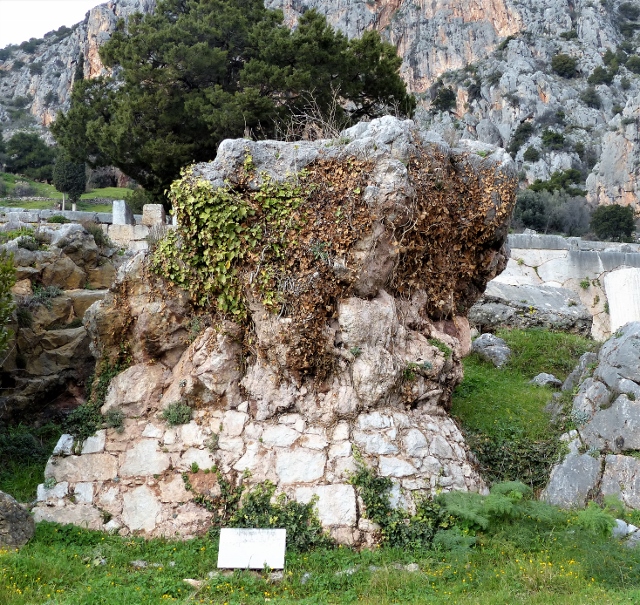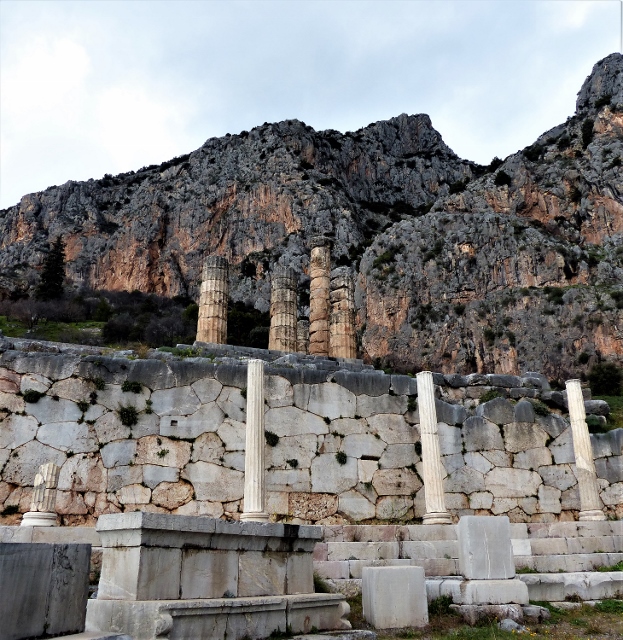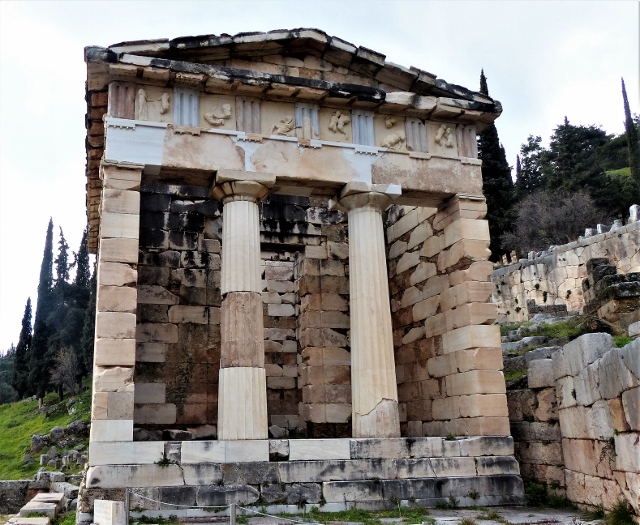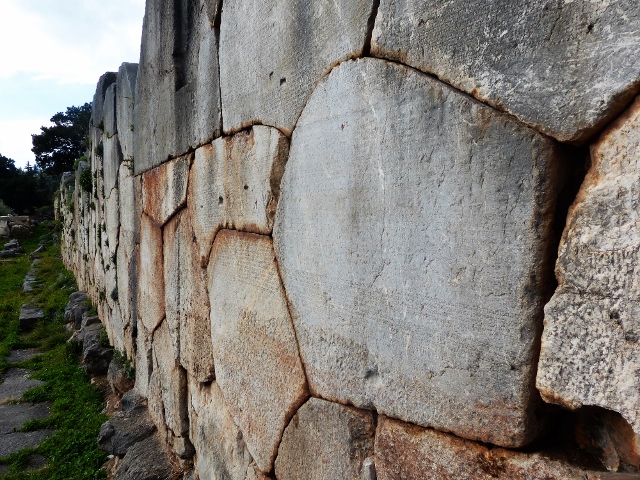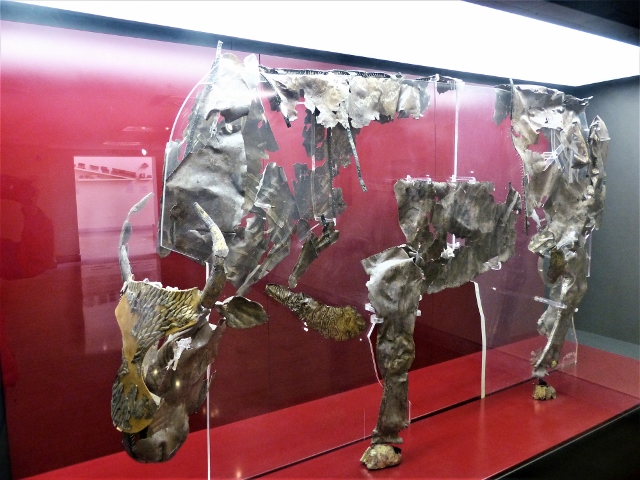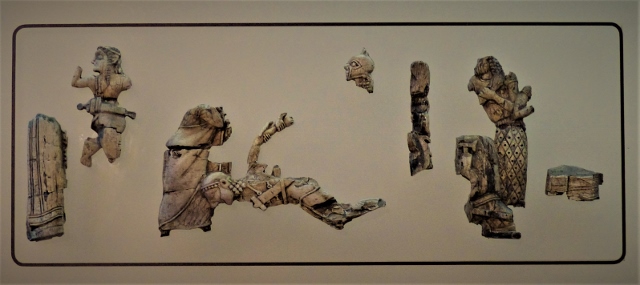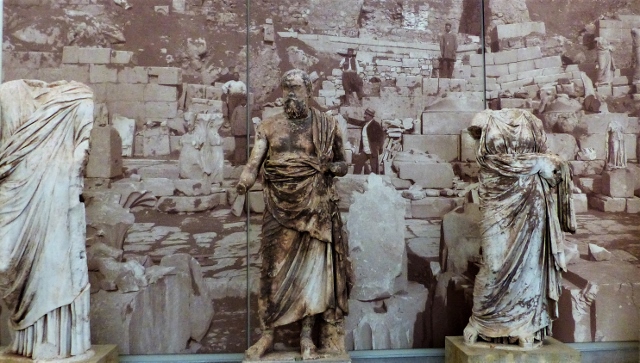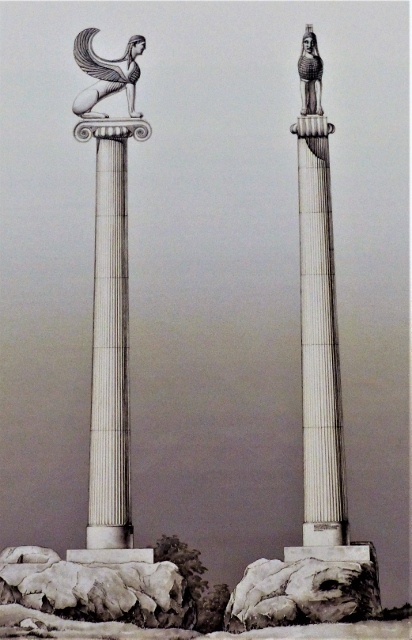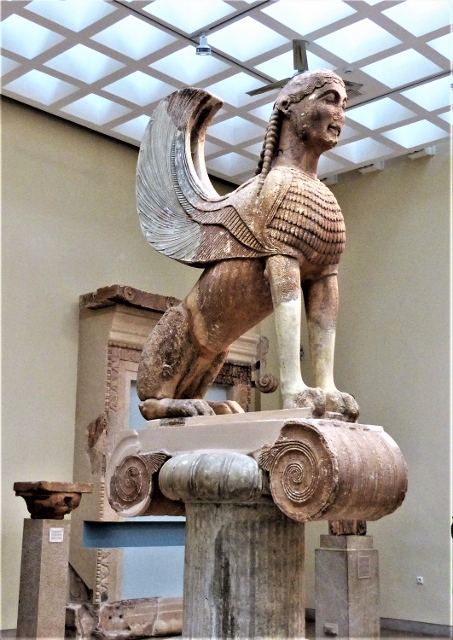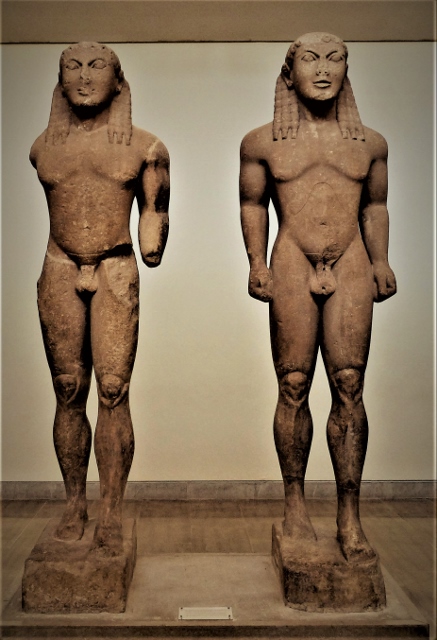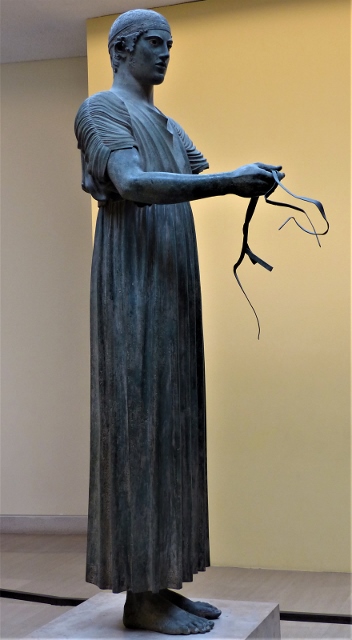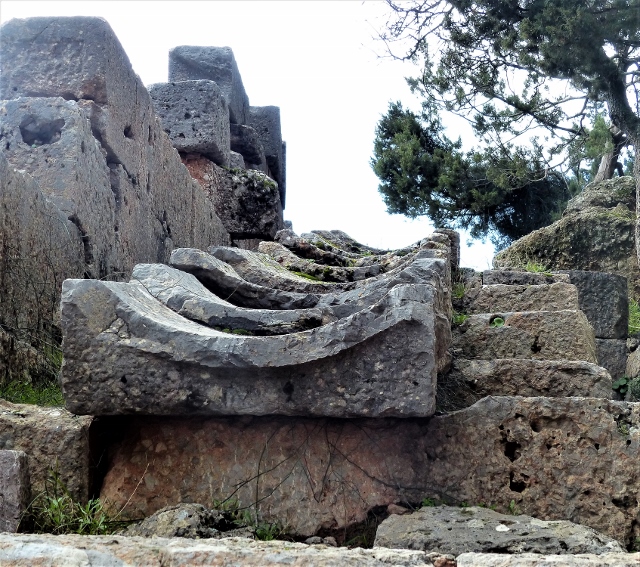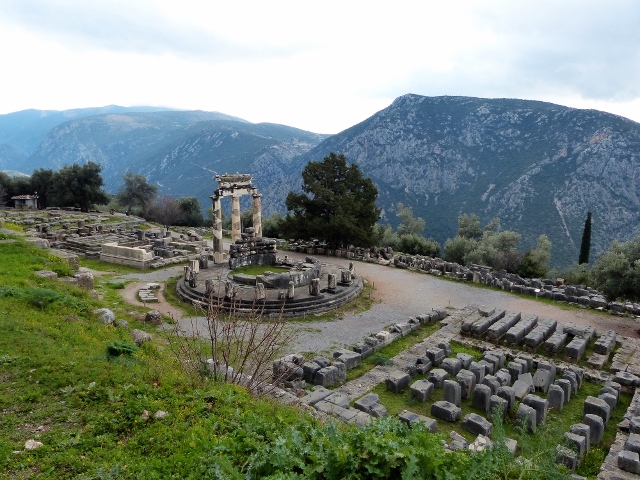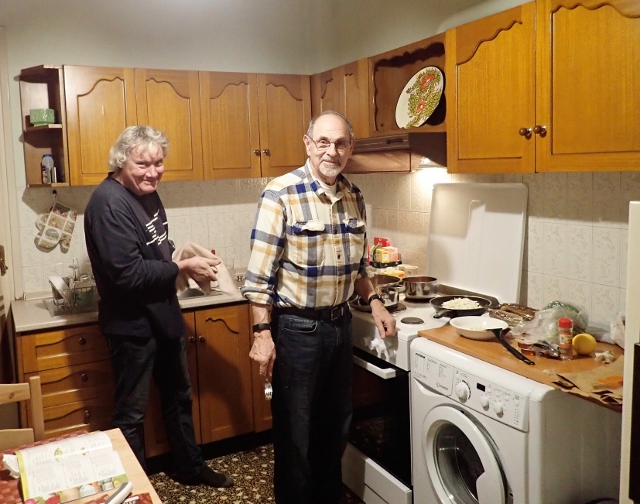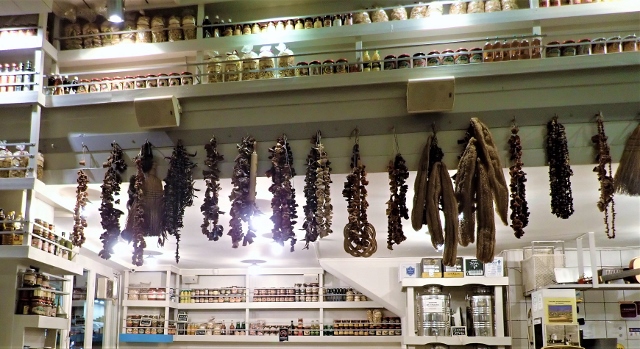This second blog post about our Great Greek Adventure covers the time we spent in Northern Greece between 21st and 31st January. During this time we stayed in 6 different towns/cities, drove 2,250km, visited several museums and sites and celebrated John’s birthday. This latter event was undertaken in the usual style at a brilliant Craft Ale Bar in Larissa.
If only we had stayed there all evening instead of going to a less than great Italian restaurant!
Larissa was approximately two thirds of the way between Athens and our next big city stop – Thessaloniki. On our journey between the two we drove along the pleasant Vale of Tembi to the village of Ampelakia where we had hoped to visit the “Georgios Swartz” museum which chronicles the destruction of the village during WW2. Unfortunately it was closed but we had a nice walk round anyway.
En route we came across an unusual restaurant!
Thessaloniki, lying on the coast – but at the centre of the province of Macedonia, has been home to many powerful civilisations. Macedonians, Thracians, Romans, Byzantines, Slavs and Ottomans have all left their legacy and elements of their culture which has resulted in Greece’s second city being characterful and diverse.
Diversity was also a feature of the weather whilst we were there. We got variously soaked, chilled by mist and cool winds and enjoyed coffee al fresco in glorious sunshine with wall to wall blue sky.
The oldest part of the town “Ano Poli” was once surrounded by fortified Byzantine walls – little of which now remain.
A number of churches and monasteries are dotted throughout the labyrinthine alleyways and we slowly wound our way down from the top along numerous steep narrow streets.
This is the only part of the city to have largely survived the devastating 1917 fire. Ironically the fire actually started here in upper Thessaloniki but the wind which was coming from the NE that day swept the flames down over the lower city and towards the sea.
The influence of the Romans is clearly seen in parts of the lower town – the Arch of Galerius and the Rotunda of Galerius being the most obvious examples – though parts of an Agora and the ruins of the Palace of Galerius can also be visited. Galerius was an early C4 Emperor and his arch celebrates a victory over the Persians.
Of the eight original arches/gateways only two remain and there is no sign at all of the dome which once crowned the top.
Built in AD306 the Rotunda was supposed to have been Galerius’s mausoleum. However, whilst travelling in what is now Serbia he succumbed to a strange and unpleasant disease which, apparently, still puzzles historians and meant that he was buried there rather than in his purpose built final resting place in Thessaloniki. Constantine the Great turned it into Thessaloniki’s first church and the Ottomans then converted it to a mosque and built the minaret.
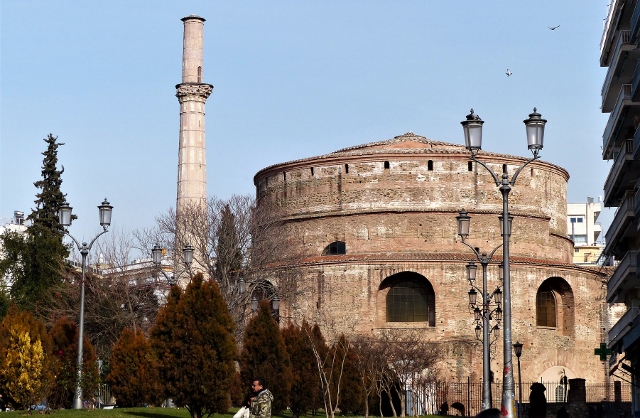 At one end of the waterfront is the port area, the old port buildings having now been converted to bars and museums including the Museum of Photography which we enjoyed visiting. At the other end is perhaps Thessaloniki’s best known landmark – the White Tower.
At one end of the waterfront is the port area, the old port buildings having now been converted to bars and museums including the Museum of Photography which we enjoyed visiting. At the other end is perhaps Thessaloniki’s best known landmark – the White Tower.
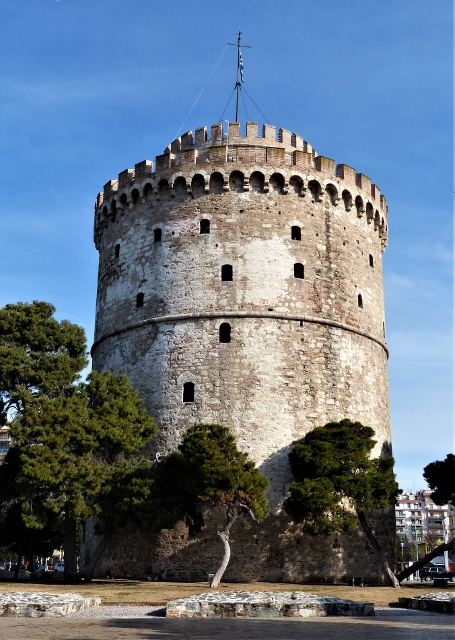 Built in late C15 it stands at 33.9m high and has seven storeys. Throughout the centuries it has had various names – “Lion’s Tower” [C16], “Fortress of Kalamaria” [C18] and the “Blood Tower” and “Janissary Tower” [C19]. These latter names were coined when it was used by the Ottoman sultan Mahmud II as a prison, torture chamber and place of execution for long term prisoners and where he later apparently massacred rebellious “janissaries” [elite troops of forcibly Islamicised Christian Boys]. Its current name came into being in 1890 when, allegedly, a prisoner whitewashed it in exchange for his freedom.
Built in late C15 it stands at 33.9m high and has seven storeys. Throughout the centuries it has had various names – “Lion’s Tower” [C16], “Fortress of Kalamaria” [C18] and the “Blood Tower” and “Janissary Tower” [C19]. These latter names were coined when it was used by the Ottoman sultan Mahmud II as a prison, torture chamber and place of execution for long term prisoners and where he later apparently massacred rebellious “janissaries” [elite troops of forcibly Islamicised Christian Boys]. Its current name came into being in 1890 when, allegedly, a prisoner whitewashed it in exchange for his freedom.
There is now a museum inside which is very well laid out and, to those who can read Greek [unfortunately not me unless it’s a menu!], quite informative. We all got the general gist of what the exhibits covered but overall I think I much preferred the view from the roof….
….and the sculpture just a little further east along the waterfront.
Two other museums also aroused our curiosity. Mike, John and Jerie visited the Museum of the Macedonian struggle which was even more fascinating as we had been in Athens when the recent protest over renaming Northern Macedonia had taken place. We also went to Ataturk House – a three storey museum inside the Turkish Embassy which chronicled the life of modern Turkey’s illustrious founder “Mustafa Kemel Attaturk”.
You would think that after all this we would want a break from history but Greece has so much to offer that we just didn’t want to miss anything. So, on leaving Thessaloniki on 25th January we went to the birthplace of Macedonia’s most famous leader – Alexander the Great – at the former royal capital of the ancient kingdom of Macedon, Pella. Unfortunately it was a rather drizzly day and the site itself seemed rather uninspiring in the rain so we just stopped outside for a brief photoshoot.
It’s perhaps a shame that we couldn’t see the mosaic floor of the Atrium but, inside the Museum of Pella, we did see mosaics which had come from the Houses of Dionysus and Helen.
In the most luxurious houses the splendid mosaics were matched by equally colourful walls, painted in the “first Pompeiian style” to represent marble with pillars and cornices.
In the entrance there are two important exhibits: A statuette with the characteristic attributes of the god Pan and a head considered a portrait of Alexander the Great
Taking good photographs in some of the museums is difficult due to lighting and glass cases but at least I was able to get some form of shots in Pella; at our next stop, Vergina, photographs weren’t allowed inside at all – so this was all I could take to remind us of that visit.
Doesn’t look very inspiring does it? But, it is the burial mound housing the Royal Tombs of some Macedonian kings, including one which is believed to have contained the son of Alexander the Great. Inside the tumulus are the remains of four tombs, two of which still have the full frontage structure. Fortunately I found a website which includes photographs so the following are credited to www.aigai.gr.
The finds from the tombs are also contained in the museum and some of the pieces were stunning. The most impressive tomb, and artefacts from it, was the final resting place of Philip II of Macedon who was buried in 336BC by his son Alexander in the most lavish funeral ceremony ever in Ancient Greece.
I was blown away by the pieces belonging to “Meda”, a Thracian princess married to Philip and buried with him.
Our next couple of days were spent in Ioannina, set on the western shore of Lake Pamvotis. The car journey to Ioannina gave us a taste of things to come….
….and, we found ourselves in a brilliant small city…
….with stunning winter scenery.
As well as taking an evening stroll around the castle on the shores of the lake we also spent a day on “To Nisi” [The Island]. I imagine that in summer it is packed with tourists, but on the Sunday we visited it was peaceful even with a couple of ferry loads of Greek families taking advantage of the cold but beautiful weather.
The noisiest inhabitants were a flock of argumentative geese!
As well as several coffee shops, restaurants and gift shops designed to entrap visitors there is the “Ali Pasha” museum.
Nicknamed “Asalan” [Lion], to distinguish him from several other Ottoman pashas called Ali, he lived a life full of murder, intrigue and extortion. Revered by some, particularly his second wife, Kira Vassiliki…..
……. and hated by others he most often acted as an independent sovereign, failing to carry out the orders of the Ottoman sultan. Sultan Mahmud II finally had enough and sanctioned Ali Pasha’s assassination. Falsely assured of a pardon he moved to “To Nisi” where he was trapped and shot.
Also on the island are “The Caves of Pamvotis”. First inhabited by monks in C15, they were used in 1940 by terrified inhabitants of the island who fled to them during a bombing raid by the Italian Air Force.
Talking of monks and caves, our next stop was Meteora, an amazing World Heritage site, famous for its massive pinnacles of rock atop of which stand several monasteries.
The geological heart is the “Adrachti” – the obelisk – a striking column visible from some distance away.
These peaks were once sediments of an inland sea….
…. until about 10 million years ago when tectonic movement completely changed the landscape. Weathering and erosion has since done its work to form the massive outcrops.
From C11 hermit monks lived in the scattered caves….
……but by C14 Turkish incursions into Greece were on the rise so monks sought safer havens to avoid the bloodshed by Muslim forces. The inaccessibility of the tops of the peaks were ideal and the earliest monasteries were reached by climbing removable ropes and ladders. Later windlasses were added so monks could be hauled up in nets – still a fairly precarious method! It wasn’t until the 1920’s that steps were hewn to gain access and now, fortunately for the thousands of visitors who flock there every year, there is convenient road access.
According to our friends, Dave and Margaret, who have also visited and spent time walking with guides, these monasteries are now very rich from the takings. They also reported being told that the months June/July/August are not the time to visit! – just in case any of you are thinking of making the trip.
From Meteora we made our way south to the shores of the Gulf of Corinth where, you may remember Mike and I sailed last summer. We based ourselves for three nights in the lovely small town of Galaxidi and finally managed to visit the nautical museum which had eluded us last June. A fascinating insight into the sea-faring history of the town was provided by a local English speaking guide and I was especially interested in these items……
….from whence originated today’s Ship’s Log.
Our main reason for basing ourselves in Galaxidi was the relatively close proximity to Delphi. Stemming from the word “delphis” [womb] – the Ancient Greeks chose this spot as the centre of their world and built the Sanctuary of Apollo.
Delphi was at its greatest between C6 and C4BC when countless pilgrims made their way to the sanctuary to take guidance from “The Oracle”.
To reach the Sanctuary they had to walk up the Sacred Way, pass the Athenian Treasury …..
…. and climb the slope at the end of the polygonal wall which separated the Temple of Apollo from the rest of the sanctuary.
The original bronze Serpentine Column to the east of the Temple was removed in AD324 by Constantine the Great and can now be seen in Istanbul. It was built at Apollo’s Temple to commemorate the defeat of the Persian Empire at the Battle of Plataea in 479BC. This replica replaced it in 2015.
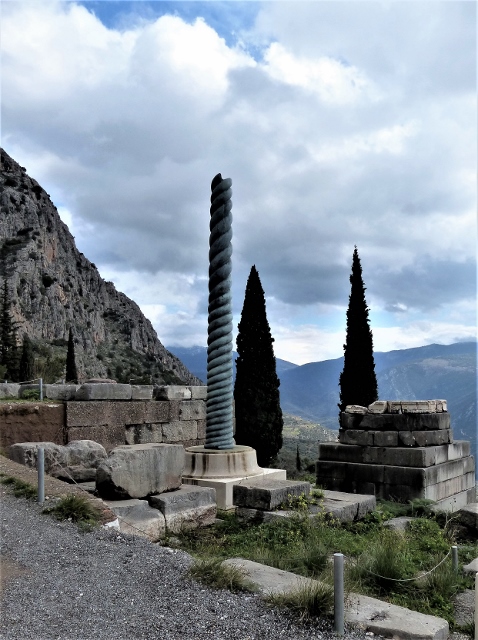
The Tripod of the Plataeans… aka the Serpentine Column once held a gold tripod in the shape of a three headed serpent
Near to the entrance of the sanctuary stood the magnificent statue “The Bull of Kerkyra”. Made from three silver sheets connected together by bands of silver plated copper held in place by bronze or silver nails it was forged by an Ionian artist [from Corfu – hence its name] in C6BC. Traces of the wooden core were found as well as hundreds of small pieces of the metal sheets which have been used to recreate the statue as much as was possible. It now forms one of the exhibits in the Archaeological Museum at the site.
Other spectacular artefacts included these relief representations of mythical battles carved from animal bone….
…. many statues – some of which were placed against a photograph of the excavations which I thought was quite clever.
Near the entrance to the museum an illustration of what the Sphynx looked like on top of its column…..
……gave some indication of the scale when you saw the actual sphynx.The “Twins of Argos” also stood out as examples of the “Kouroi” which I wrote about in the previous blog…..
…. and finally, in the end room we saw the life size bronze charioteer which commemorates a victory in the Pythian Games of either 478 or 474BC.
Unfortunately we were unable to visit either the theatre or the stadium but one other structure which did take my eye at the main site was this watercourse.
A little to the east of the main sanctuary lies the Sanctuary of Athena Pronea. Constructed in C4BC, it became the first place of worship for pilgrims who visited subsequently. Unfortunately much of it was destroyed in an earthquake and landslide. The rectangular foundations are all that remains. Fortunately the “Tholos” [Rotunda] fared better though only a small part still stands of what was once a very beautiful building with twenty outer main Doric columns and ten inner half Corinthian columns all made of marble.
Well, I started this post with photographs to show how we spent the evening of John’s birthday. Rather surprisingly, for my posts, no other scenes of joviality and feasting have appeared so it seems fitting to end with a couple of shots which prove we took eating, drinking and socialising just as seriously as we did studying culture.


